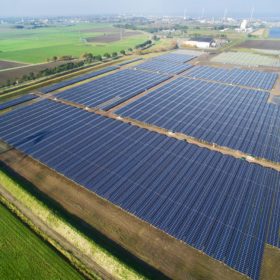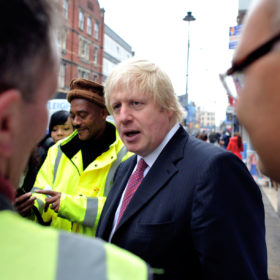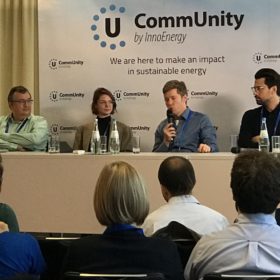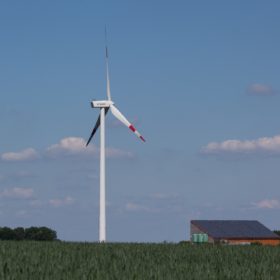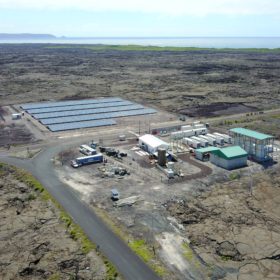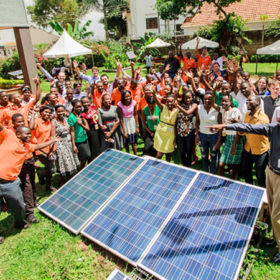Mitsubishi consortium to acquire Dutch utility Eneco
Publicly-owned power company Eneco has explored the possibility of an IPO since early 2017 and now appears set to pass into new ownership.
Clean energy must be rolled out six times faster
To have any hope of restricting global heating to a maximum of 1.5 degrees Celsius, the renewables success story which saw 108 GW of solar deployed last year needs to be cranked up to the next level – and fast.
Renesola exits Vietnam, India and Korea
The Shanghai-based project developer – which will soon relocate to the U.S. – says the profit margins are not high enough in those markets and has cancelled its project pipeline in the nations. The company has also changed its CEO after less than five months and is on a drive to reduce capital costs.
Not even crumbs for the solar industry in UK party election manifestos
The political statements issued by the Conservatives, Labour, the Lib Dems and even the Green Party almost entirely ignore solar power amid a welter of vague ambitions ahead of the December vote. The increasingly obvious effects of climate change have clearly entered the consciousness of voters, though – the net zero commitment even got as high as page 55 of the Conservatives’ 62-page document.
Financing African projects remains a struggle
Innoenergy’s recent conference in Berlin repeated the argument financing renewable energy projects in Africa remains a struggle, however it also showcased some hopeful case studies.
Essent expands into renewables with acquisition of Vandebron
Dutch gas and power provider Essent has agreed to buy the Amsterdam-based renewables marketplace for an undisclosed sum. Vandebron sells electricity aggregated from wind, solar and biomass projects.
Solar-plus-storage vs grid enhancement part V
A project on Isabela Island in Ecuador’s Galapagos archipelago has given its 3,500 inhabitants energy generated by local resources, including plant oil produced on the continent. Preferable to a logistically challenging and hyper expensive extension of the mainland grid, if the $13 million island system were installed today, it would be cheaper than when it was contracted four years ago.
Singapore developer announces $20m plans for four more Philippines microgrids
WEnergy was celebrating the commissioning of its solar-diesel-storage off-grid network on the island of Palawan. Four more networks could come online within two years, said the developer, as part of a planned 15 microgrids in the nation.
PowerGen closes funding for electricity access for a million people
The microgrid utility has raised enough capital from Shell New Energies to deploy systems across sub-Saharan Africa.
Kenya’s Kisumu County launches tender for solar mini-grids
The local authority is seeking proposals to build mini-grids with generation capacities of more than 5 kW to power hospitals, markets, water pumping and street lighting. The council has expressed a strong preference for the build, operate and transfer project development model.
